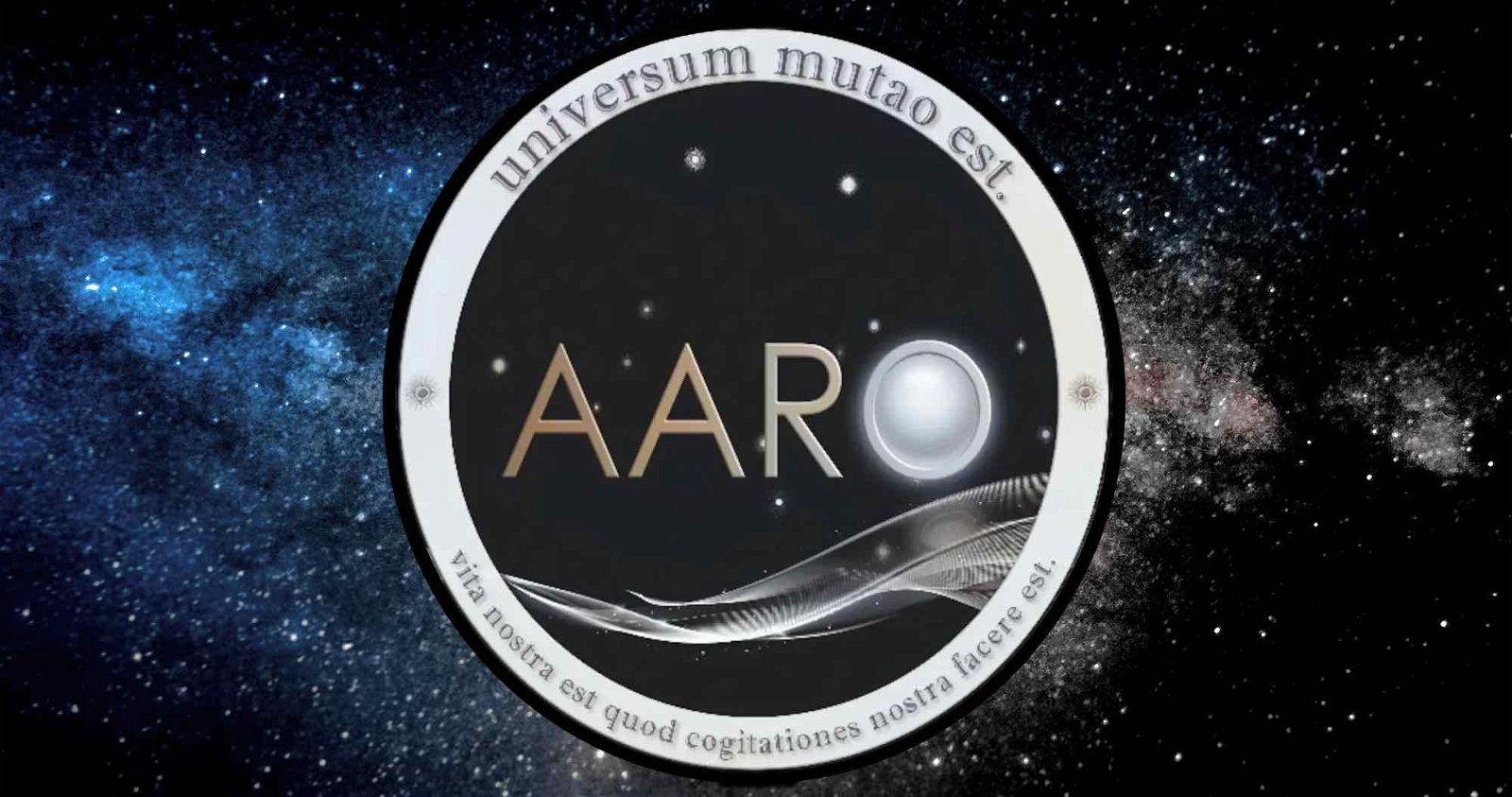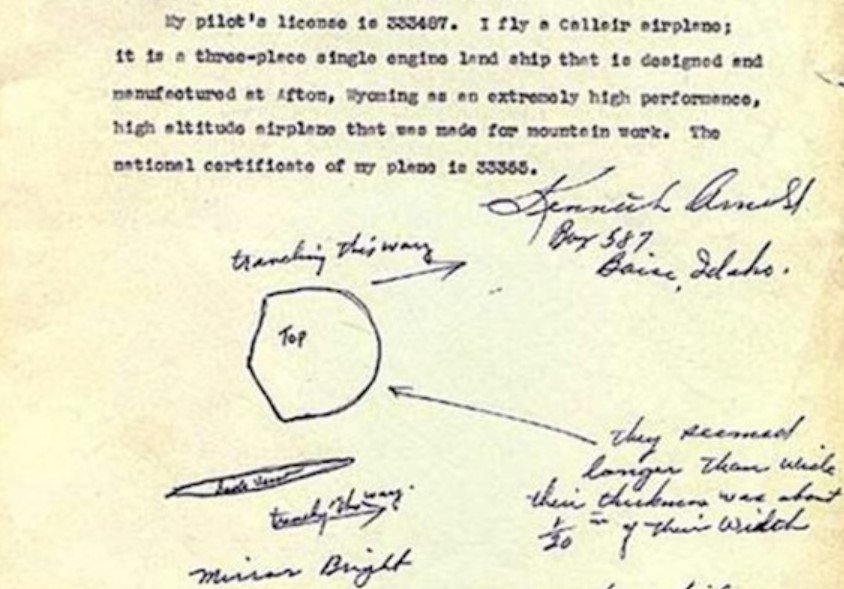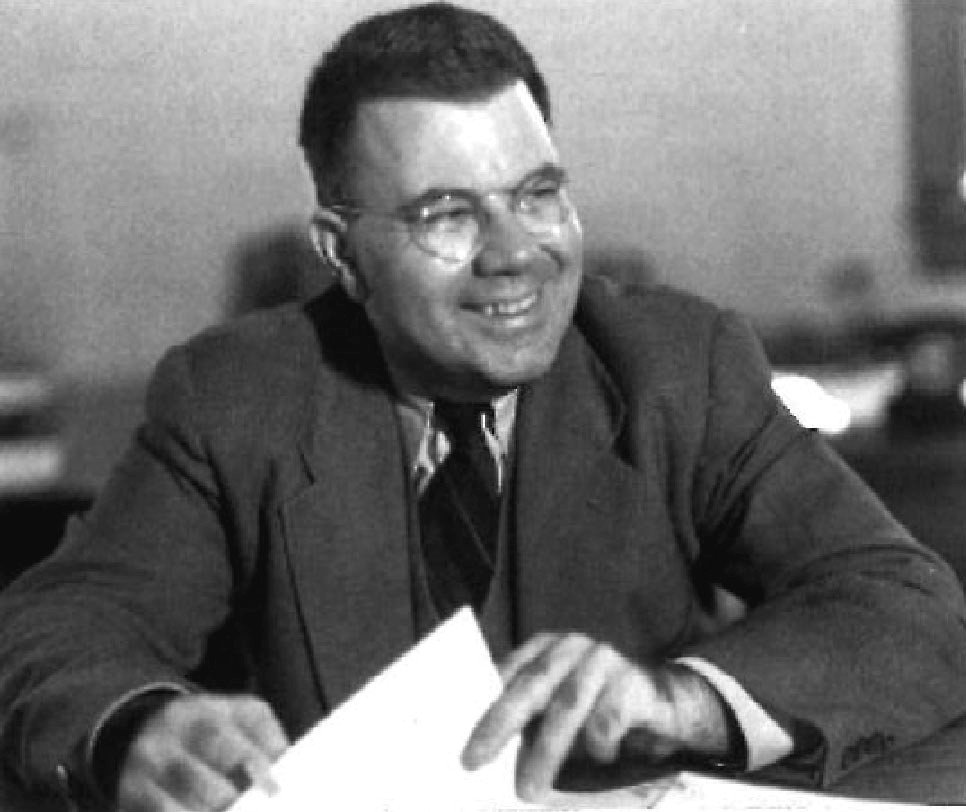

Welcome to this week’s installment of The Intelligence Brief… on Friday, the long-awaited historical report on UAP by the DoD’s All-domain Anomaly Resolution Office was released online. Opinions about the report and its findings remain divided, and this week, we’ll be taking a look at 1) what the new report says it learned about the U.S. government’s history of involvement with UAP, 2) several factual errors in the new report, 3) how in at least one instance the AARO report only repeats the errors of a past official UAP study, and 4) why all of this undermines the rigor AARO says it aspired for in producing this historical study.
Quote of the Week
“AARO is committed to reaching conclusions based on verifiable evidence.”
– Pentagon Press Secretary Maj. Gen. Pat Ryder
Latest News: In recent coverage from The Debrief, a Nobel Prize-winning physicist studying cosmic expansion says new astronomical data could mean we have misunderstood the universe. Elsewhere, NASA’s Europa Clipper will carry a special message on its journey to Jupiter’s moon as it seeks signs of extraterrestrial life. Links to all our recent stories can be found at the end of this week’s newsletter.
Podcasts: In podcasts from The Debrief, on The Micah Hanks Program, I provide a comprehensive analysis of the recent AARO historical report on UAP, and over on The Debrief Weekly Report, Kenna and Stephanie also weigh in about the widely anticipated UAP report, along with other trending science stories. You can subscribe to all of The Debrief’s podcasts on our Podcasts Page.
Video News: On the latest installment of Rebelliously Curious, Chrissy Newton is joined by Agnieszka Pilat, a Polish-American artist and writer working at the intersection of robotics, Artificial Intelligence, and fine art. You can check out this interview, and other great content from The Debrief, on our official YouTube Channel.
With that all behind us, let’s dig into AARO’s new report, and some of the problems we found.
AARO Issues its Long-Awaited Historical Report
Last week, the public finally got a glimpse at a long-awaited historical report produced by the Pentagon’s All-domain Anomaly Resolution Office (AARO), the DoD outfit currently tasked with investigations into unidentified anomalous phenomena (UAP), mysterious objects known to the public for decades as UFOs.
An unclassified version of the document, titled “Report on the Historical Record of U.S. Government Involvement with Unidentified Anomalous Phenomena (UAP) Volume I,” was published on AARO’s website last Friday, providing an overview of known U.S. government programs and their involvement with UAP.


“To date, AARO has not discovered any empirical evidence that any sighting of a UAP represented off-world technology or the existence a classified program that had not been properly reported to Congress,” the report concluded.
“Investigative efforts determined that most sightings were the result of misidentification of ordinary objects and phenomena,” the report’s authors added. “Although many UAP reports remain unsolved, AARO assesses that if additional, quality data were available, most of these cases also could be identified and resolved as ordinary objects or phenomena.”
Although many expected the report’s conclusions to pour cold water on longstanding claims of U.S. government acquisitions of exotic craft of non-human origin and secret reverse engineering efforts, one thing about the final report that seems to have taken many who read it by surprise had been the number of factual errors it contained.
Everyone, that is, except for several mainstream media outlets who breathlessly repeated the report’s key findings without any apparent effort to fact-check or verify what it contained.
Problems in AARO’s New Historical Report
As The Debrief reported on Saturday, several mistakes are found throughout the new AARO report, and although many of them are minor typographical errors, some do convey deeper problems about how the Pentagon’s UAP investigators conducted their studies, and the level of rigor that was applied in the completion of the report.
Among the problems The Debrief outlined over the weekend had been the report’s assertion that the late Senator Harry Reid had been from New Mexico, rather than his actual home state of Nevada. In another instance, the wrong date for a famous 1947 sighting by pilot Kenneth Arnold is provided, which occurred one day later than the date given in the report.


The report similarly referred to a statistical analysis carried out by Battelle Memorial Institute in the 1950s as “Project BEAR,” which had merely been a nickname given to the actual program, Project STORK, by Edward Ruppelt, the first director of the U.S. Air Force Project Blue Book. In its discussion of Battelle’s findings, the recent AARO report also appeared to misconstrue the percentage of quality sightings that remained unexplained.
In yet another instance, the AARO report refers to another former director of Project Blue Book, Tuskegee Airman Lieutenant Colonel Robert Jones Friend, as “Roger J. Friend.”
However, in addition to mirroring typographical errors and other similar problems with the report, there is also evidence that AARO simply reprinted the findings of past official studies on UAP, which is also a problem since in some cases those findings were inaccurate.
The Condon Committee’s Confusion
In a short section of the recent AARO report that summarizes some of the findings of the University of Colorado UFO Project (more commonly known as the Condon Committee) during the late 1960s, AARO investigators note that the Committee “investigated a claim made by radio broadcaster Frank Edwards in a 1966 book that a piece of a UFO was recovered near Washington, D.C. in the summer of 1952 during the spike in UFO sightings over the U.S. Capitol in July and August.”


As The Debrief reported in an investigation published earlier this week, the information from Edwards’ book that the Condon Committee used as the basis for its investigation at the time had been factually inaccurate, and the Committee did not review the original source material the author referenced in his book. Understandably, the U.S. Navy was unable to corroborate the bad data they were provided by the Condon Committee, whose project coordinator Robert Low had, in fact, very likely been in direct correspondence with one of the sources for the claims of an object believed to have been associated with a UFO that was recovered near Washington D.C. in the summer of 1952.
Whether or not the object was an actual “artifact” from a flying saucer—a prospect that indeed seems doubtful—is of less importance here than the fact that the erroneous conclusions from the Condon Committee’s investigation were simply repeated in AARO’s new report, without any additional attempt at evaluation. In likelihood, AARO’s investigators probably felt no need to do so, given that the Committee’s decades-old findings already mirrored the overall conclusions that appeared in the recent historical report.
Analytical Rigor Undermined
“There is a tendency in the AARO paper to pull the data that supports the AARO position and leave out the data that might argue against it,” noted Robert Powell of the Scientific Coalition for UAP Studies in a lengthy posting on X after the report was released. Had this merely been evident in cases where the seemingly biased information AARO provided was correct, the Office’s positions may have remained contested, but still defensible.
“The goal of this report is not to prove or disprove any particular belief set, but rather to use a rigorous analytic and scientific approach to investigate past USG-sponsored UAP investigation efforts,” AARO’s author wrote.
However, the number of inaccuracies in the new report do undermine that analytical rigor its authors aspired for. While not all the report’s findings are likely to be so obviously flawed, perhaps there is indeed good reason for Americans to remain doubtful about what their government says it knows about UAP… and whether those who currently have the job of finding out are up to the task.
That concludes this week’s installment of The Intelligence Brief. You can read past editions of The Intelligence Brief at our website, or if you found this installment online, don’t forget to subscribe and get future email editions from us here. Also, if you have a tip or other information you’d like to send along directly to me, you can email me at micah [@] thedebrief [dot] org, or Tweet at me @MicahHanks.


Here are the top stories we’re covering right now
- “Previously Unseen” Phenomenon in Liquid Crystal Challenges Conventional Laws of Physics
A previously unknown principle of motion, observed for the first time within liquid crystal, has been discovered by a team of researchers.
- Engineers Create “Ultrablack” Coating for Light-Sensitive Equipment Operating in Outer Space
Engineers create an “ultrablack” coating for space applications that absorbs 99.3% of the light it encounters across a wide range of light wavelengths.
- Fragmented Facts: AARO Report Unearths Odd Claims Involving U.S. Recovery of Material From 1952 UFO Incident
Was a fragment shot off a UFO near Washington D.C. in 1952? There may be more to this seemingly dubious story than meets the eye… but you wouldn’t know that from reading AARO’s recent, deeply flawed historical report.
- New Cosmic Expansion Data Could Mean “We Have Misunderstood the Universe”, Nobel Prize Physicist Says
A Nobel Prize winning physicist studying cosmic expansion says that new astronomical data may mean we have misunderstood the universe.
- NASA Reveals Message Europa Clipper Will Carry During its Search for Extraterrestrial Life on Jupiter’s Moon
NASA’s Europa Clipper will carry a special message on its journey to Jupiter’s moon as it seeks signs of extraterrestrial life.
- Researchers Create First-Ever Single-Molecule Devices That Can Be Turned ‘On’ and ‘Off’ Using Only Light
Researchers say they have built the first-ever nanoscale, single-molecule electronic devices that can be turned on and off with light.
- James Webb Space Telescope Spots Triangulum Galaxy’s ‘Tendrils’ Amid a Chaotic Stellar Nursery
The James Webb Space Telescope is offering new perspectives on a chaotic star-forming region in the Triangulum galaxy in stunning new images.
- Mutation Helps Team Solve a Meiosis Mystery That Has Baffled Scientists for Close to a Century
Studies involving mutation have revealed the molecular mechanism behind a previously unresolved biological pattern involving chromosomes.
- Pentagon UAP Report Says No Evidence U.S. Has Collected Exotic Technology, Kept Programs Hidden from Congress
A new Pentagon UAP report says it found no evidence of extraterrestrial technology or secret programs being kept from Congress.
- Newly Found Remains of a 390 Million-Year-Old Forest Reveals Something Mysterious About Ancient Trees
Researchers have uncovered the earliest fossil evidence of an ancient 390-million-year-old forest, and it alters how our understanding of ancient Earth.
- Glowing Plants that Turn Energy into Light Are About to Be Commercially Available for the First Time
Company Light Bio says it will begin shipping orders for the first-ever commercially available glowing plants next month.
- Psychedelic Therapy Breakthrough: FDA Awards First-Ever ‘Breakthrough’ Status to LSD-Based Drug for the Treatment of Anxiety
The FDA’s historic nod to LSD-based drugs for mental health could revolutionize treatment for anxiety and depression.
- UAP Incident Over the Gulf of Mexico Revealed by U.S. Congressman Confirmed in Newly Declassified Files and Images
New details involving a military pilot UAP encounter have come to light, following the release of documents in response to a FOIA request.
- GPS Jamming by Russia is On the Rise in Northern Europe, Officials Warn
Officials in Europe have been on alert following the observation of a concerning rise in the use of GPS jamming near the borders of NATO nations.
- Project Moon Dust
This week on The Micah Hanks Program, we look at the strange saga of Project Moon Dust, what is known about the Cold War-era program from official documents.
- Our Stressed Out Little Planet
This week, MJ and Stephanie dive into mental health studies and the future of work. The pair also get into a satellite swarm that astronomers want to build to look for life, the discovery of a giant creature in the Amazon, and much more.
- For Half a Century, Our Calculations on Nuclear Explosions in Space Have Been Wrong, Los Alamos Scientist Reveals
This scientist says we can protect space technologies by fixing math errors related to nuclear explosions in space that have gone undetected for close to half a century.
- Astronomers Discover Something Strange About The Oldest ‘Dead’ Galaxy in the Universe
Astronomers discovered the oldest ‘dead’ galaxy ever observed, but it seems to challenge our understanding of early galaxy evolution.
- 600-Million-Camera ‘Skynet’ Basis for New Lunar Spy System as China Pursues Surveillance State Beyond Earth
China’s ambitious plan to expand its “Skynet” surveillance network to the Moon aims to construct an off-planet surveillance state.
- 3000-Year-Old Discoveries at Philistine Temple Reveal Psychoactive Rituals Linked to Mother Goddess Cult
Botanical remains and archaeological evidence from a 3,000-year-old temple in Israel are shedding light on the mysterious ancient Philistines.
